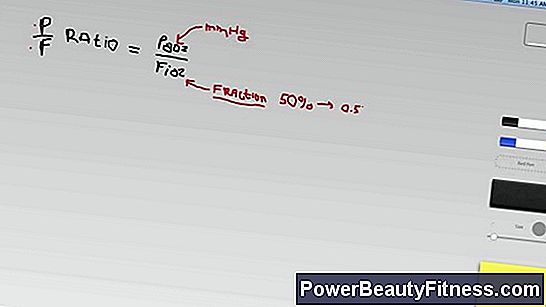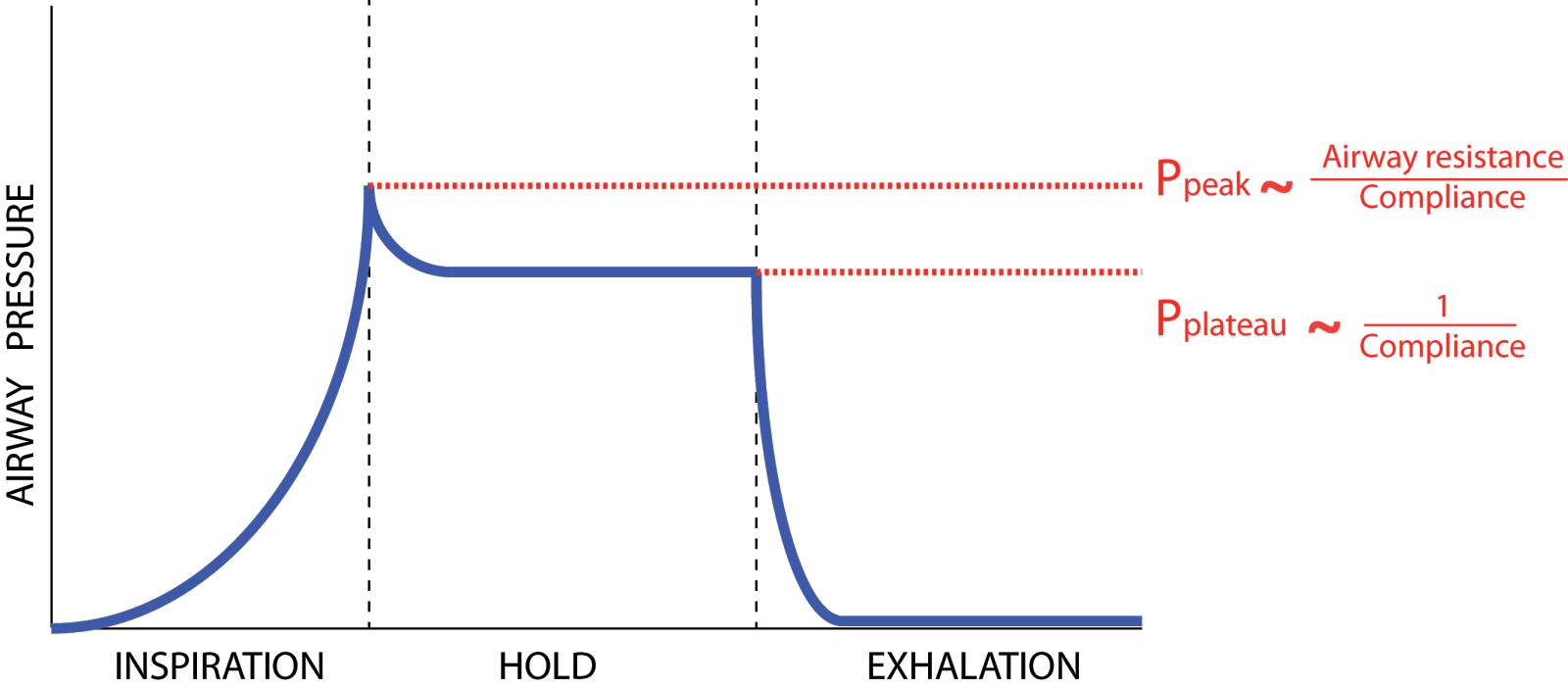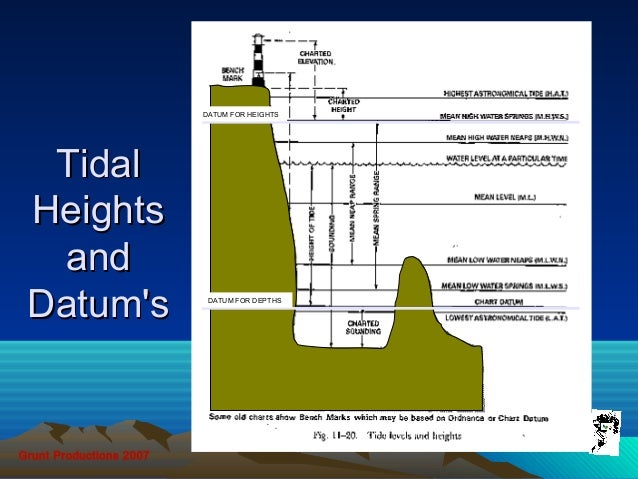

Understanding Digital Signal Processing, 2nd ed. A reevaluation of the validity of unrestrained plethysmography in mice. Airway resistance due to alveolar gas compression measured by barometric plethysmography in mice. Pre-term infant volume measurements by acoustic plethysmography. Barometric measurement of tidal volumes: Effects of pattern and nasal temperature. Noninvasive measurement of airway responsiveness in allergic mice using barometric plethysmography.

Calculating tidal volume tv#
Sound and its significance for laboratory animals. Calculate Tidal Volume Tv or Vt Amount of volume inhaled or exhaled in one breath.

In: Proceedings of the Twenty-First Cotton and Organic Dust Research Conference, edited by R. Estimation of guinea pig airway resistance following exposure to cotton dust measured with a whole body plethysmograph. Hence, if a patient has lungs that are getting. Practical implementation of the barometric method for measurement of tidal volume. Tidal volume becomes the dependent variable and thus depends on the patients compliance and airway resistance. A theoretical analysis of the barometric method for measurements of tidal volume. Whole-body plethymography, does it measure tidal volume in small animals? Can. Quick Help back forward Inputs Body Weight lb kg Tidal Volume mL/kg Outputs Equation VT Tidal Volume (mL) Wt Body Weight (kg) VT Tidal Volume (mL/kg) VT is the volume of air inspired/expired with each breath. A barometric method for measuring ventilation in newborn infants. Mouse models of airway responsiveness: Physiological basis of observed outcomes and analysis of selected examples using these outcome indicators. Use of a resonating cavity to measure body volume. An acoustic plethysmograph to measure total infant body volume. New York: John Wiley and Sons, Inc., 2000.ĭeskins, W. A volume step test, performed to assess the response time of the system, showed that the plethysmograph responded in less than one millisecond.īlackstock, D. The RMS error between measured and delivered volume was 4.43 μL. The volume of the balloon was varied as a triangle wave with an amplitude of 250 μL. The plethysmograph was tested with a water filled balloon connected to a syringe pump. It had a sharp resonant peak and was tuned so that changes in body volume produced nearly linear changes in sound amplitude. The plethysmograph was designed as a resonating cavity at a fixed frequency.
Calculating tidal volume series#
This study describes an acoustic plethysmograph for mice that is capable of measuring the tidal volume time series without the errors associated with the traditional method. It is known, however, that gas compression in the lung can also contribute significantly to changes in plethysmograph pressure.

These changes have been assumed to be the result of thermo-hygrometric differences between respired air and gas within the chamber. The mean of ICC coefficient is 0.948 ± 0.030, RMSE is 0.1026 ± 0.0284, R-squared value is 0.8962 ± 0.065 and linear regression coefficient \(\mathrm)\) is highly affected by the depth of the respiration and how long the respiration-related air stays in the lung.The traditional method for measurement of tidal volume in unrestrained mice relies on pressure changes induced by a freely respiring animal in a whole body plethysmograph. Simultaneous recordings by the RVM are regarded as the reference. Thermal data were obtained for 8 cases at a rate of 10 measurements per second. To evaluate the proposed formula, the study compared the relative tidal volume estimated by the proposed formula with that recorded by a respiration volume monitor (Exspiron1Xi, RVM). In this paper, a formula was derived for calculating thermodiluted respiration volume from temperature changes in the nasal cavity. You will see a blue highlighted box that appears (Figure 7.3). Place the crosshairs at one of the valleys in the participant’s tidal volume traces and drag it up to the next peak. The relationship between temperature and respiration volume has rarely been studied. Measuring Tidal Volume (TV) Place the cursor over the graph and you will see a set of crosshairs appear. Estimating relative tidal volume is an important factor when monitoring breathing status.


 0 kommentar(er)
0 kommentar(er)
